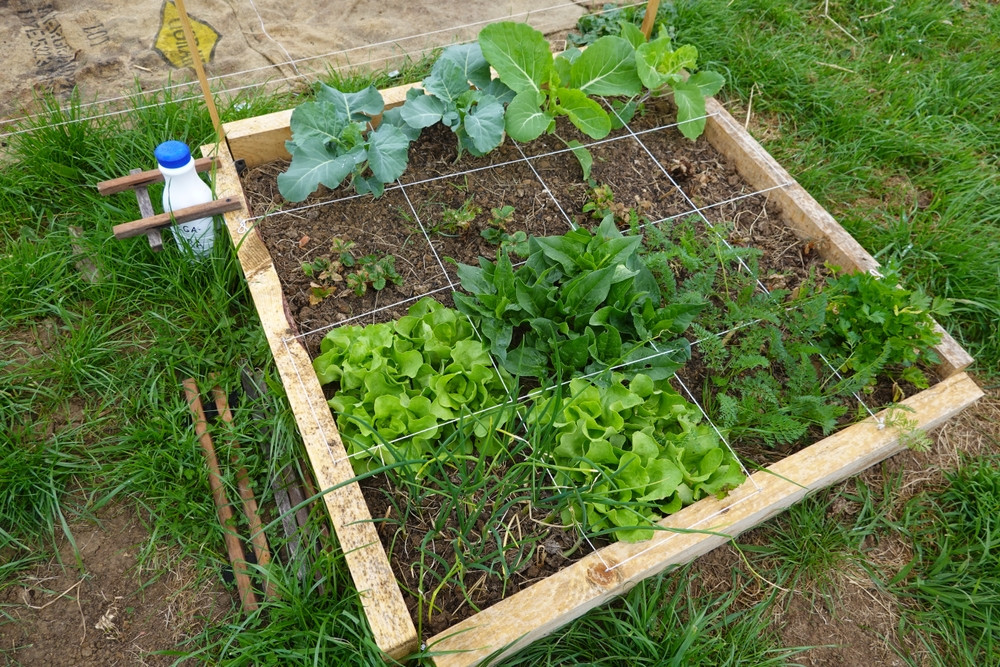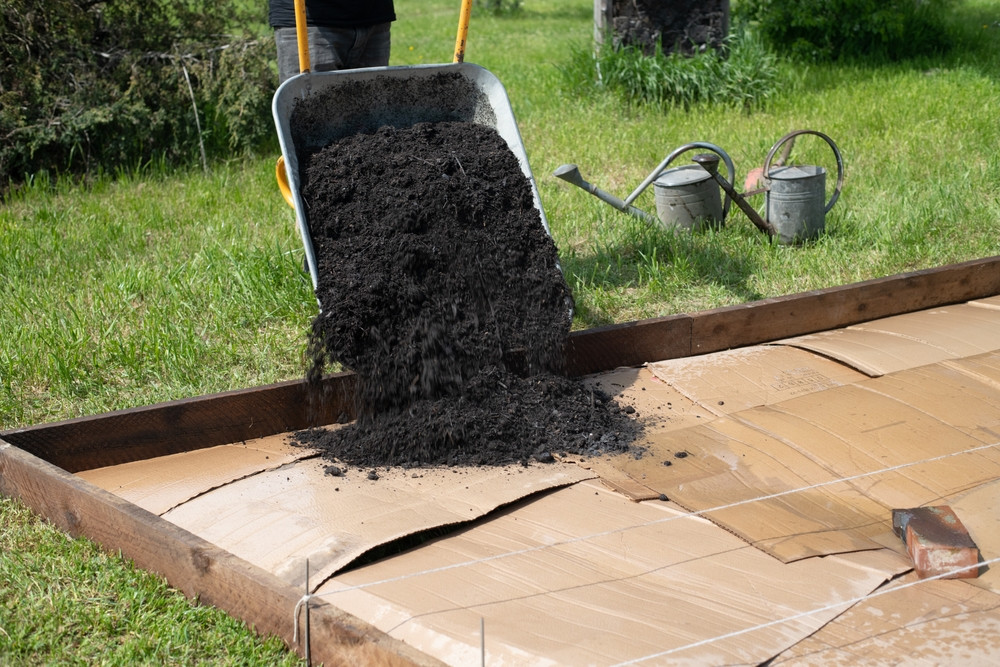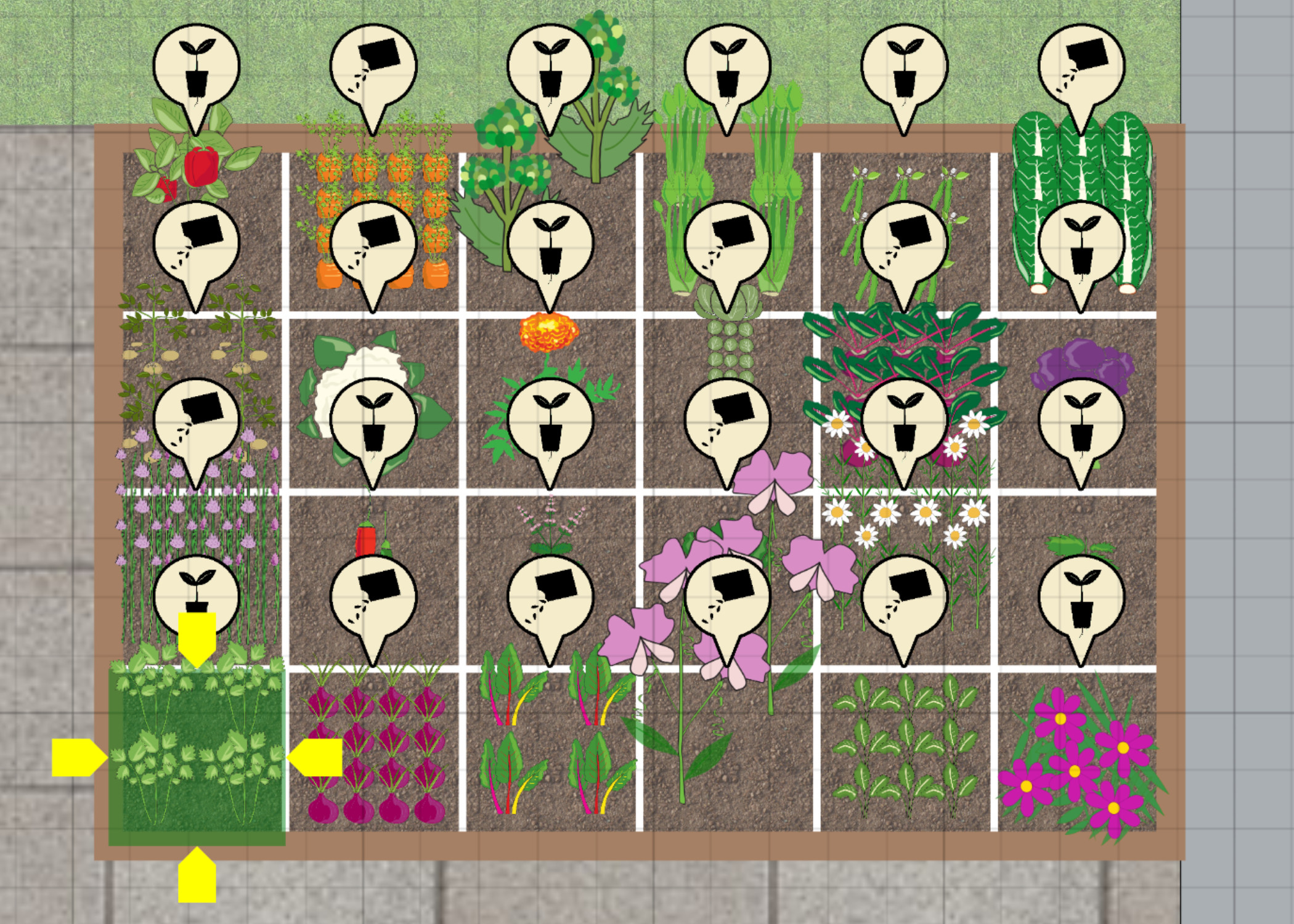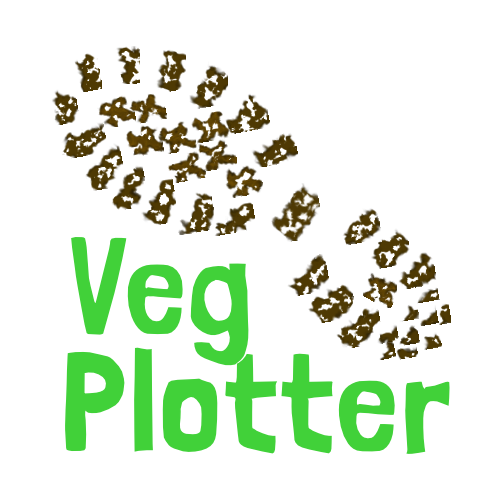Build a Raised Bed, Grow More Veg

Building a raised bed is one of the best ways to improve your vegetable garden's productivity—especially in smaller spaces. Whether you're a beginner or seasoned grower, a raised bed makes it easier to control soil quality, improve drainage, manage weeds, and maximise yields using smart design strategies. In this post, we'll walk you through how to build a simple raised bed while incorporating permaculture principles, efficient water use, and companion planting using the square foot gardening method.
Choose the Right Location
Start by selecting a sunny, well-drained area of your garden. Most vegetables need at least 6–8 hours of sunlight per day. Use a garden planner to map out where your raised bed will go in relation to other garden elements. Place your bed in a north-south orientation if possible, as this allows for more even sun exposure throughout the day.
Make sure the site is level, and if it's near a fence or wall, leave enough room to walk around it comfortably. Also consider access to water. Being close to a rain barrel or tap will save time and effort when watering, especially during dry spells.
Build the Bed Frame
For a simple raised bed, untreated timber such as macrocarpa, larch, or cedar works well and won't leach chemicals into your soil. Avoid treated pine if you’re growing edibles unless it’s food-safe.
Cut your wood to size. A common dimension for a manageable bed is 1.2m x 2.4m (4ft x 8ft). This size allows easy access to the middle from either side without stepping on the soil. Aim for a height of 30–45cm (12–18 inches). Deeper beds can accommodate root crops like carrots and parsnips, and allow for better soil layering and drainage.
Screw the boards together to form a rectangle. Reinforce the corners with stakes or metal brackets for durability.

Prepare the Site
Mark the area and clear grass or weeds. Lay down cardboard or several layers of newspaper to suppress regrowth and add organic matter as it breaks down. Position your frame on top of the prepared ground.
To improve access and reduce weeds around your bed, create a path using wood chips or bark mulch. This not only looks tidy but also supports beneficial fungi and helps keep the area mud-free in wet weather.
Fill Your Bed
Layer organic materials following permaculture’s “lasagne bed” concept if you’re building over poor soil. Start with sticks or coarse compost, then alternate layers of green (kitchen scraps, grass clippings) and brown (leaves, straw, shredded paper) materials. Top with a good-quality compost or a mix of compost, loam, and well-rotted manure.
Ensure your top layer is at least 15–20cm deep so roots can establish well. This nutrient-rich environment encourages vigorous plant growth and supports a thriving soil ecosystem.

Plan with Square Foot Gardening
Use a string grid to divide your bed into 30cm x 30cm (1ft x 1ft) sections. This square foot gardening technique helps maximise your space, reduces wasted seed, and makes crop rotation and companion planting simpler.
Group compatible plants together—such as basil with tomatoes or carrots with onions—to deter pests and improve growth. Avoid overcrowding; for example, plant one tomato or four lettuces per square, depending on the spacing needs.
Permaculture principles favour diversity, so mix tall, sun-loving crops with shade-tolerant companions. Think vertically too—trellising beans or cucumbers on the north edge frees up space below.

Water Wisely
Install a drip irrigation system or soaker hose for efficient watering, especially during peak summer. Mulch around your plants with straw or compost to retain moisture and suppress weeds. Swales or shallow trenches nearby can direct rainwater towards your bed, a great passive watering trick used in permaculture.
Get Growing!
Using a garden planner, schedule your sowing dates, track companion plantings, and rotate crops from season to season. A raised bed can be productive year-round with a little planning and care.
By combining simple construction with thoughtful design inspired by square foot gardening and permaculture, your raised bed will become a hub of healthy, abundant growth—no matter how small your space.


